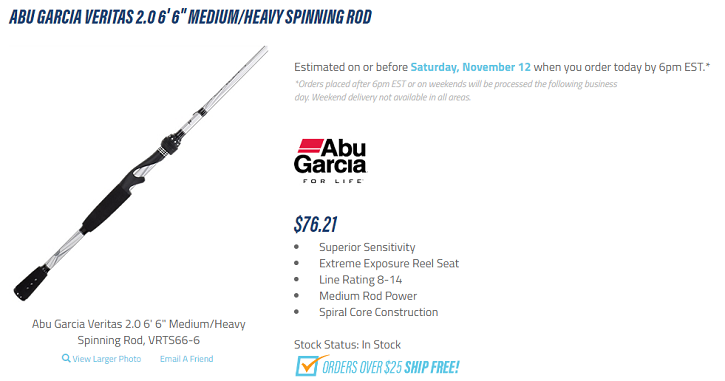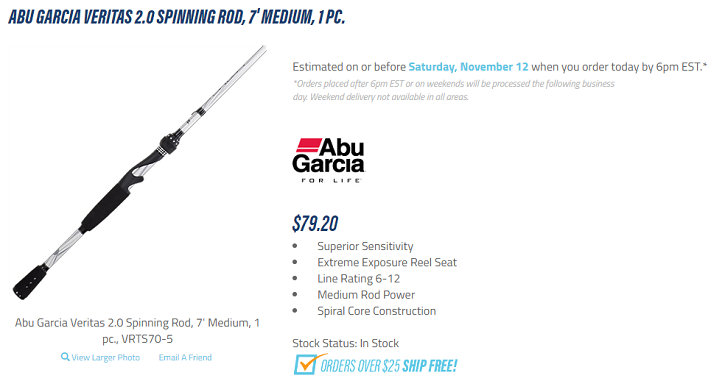
Meta tags send valuable information about a webpage to search engines. This information isn’t typically displayed on the page, but is crawl-able by search engines. Important meta tags to consider when optimizing your site are the meta-title, meta-description and photo alt-text. The meta-title and meta-description are seen in the search engine results when a user conducts a search. An optimized title helps your webpage rank for selected keywords, while the description gives users an idea of what the page is about and entices them to click-through. Photo alt-text is a brief, but accurate description of an image that helps to build relevancy for keywords and also gives your image the opportunity to show up in Google images.
Having unique meta-information on your site is crucial for conveying to search engines that your site is healthy and valuable to users. This information helps to establish a connection between keywords and site pages, and optimizes your chances of showing up for selected key phrases. Creating individual titles, descriptions, photo alt text and on-page content for every page is no simple endeavor and can be further complicated by having similarly related products.
So what does one do when two products are nearly identical with the exception of, let’s say, size or color? With these simple tips and examples, you will be able to create meta-information for similar products that is unique enough for search engines and valuable for those shopping your site.
Let’s use the two fishing rods below as an example:


These two products are the same in nearly every way. They are both of the spinning rod type, Abu Garcia brand, model, and weight range. The only clear difference is the length of the rod.
Differentiate When Possible
While the product name for the spinning rods are similar, there are enough differences to signal to search engines that both are unique. This was accomplished by adding each rod’s length in feet and also by having a slight variation for weight, “medium/heavy” versus “medium”. This is a great start for having unique information for similar products, but since the product name is being used as the meta-title, it could be further optimized.The titles for the products are as follows:
A simple way to make each title tag more unique is to simply rearrange the words used in a natural way. Such as:
Just altering the way one title tag is laid out can increase the perceived uniqueness of the information. This tactic can also be used for meta-descriptions, on-page content and photo alt-text.
Add Your Personal Style & Voice
It’s not uncommon for a store with a wide array of products to have content that comes straight from the manufacturer listed on each product. This is helpful for providing relevant and accurate information on the product’s specifications and purposes, but can be detrimental to SEO due to it being duplicate content. An easy method for combating this is to add your personal touch to the content. Consider your store personality, how you want shoppers to view your brand and your overall brand image.Attain User Generated Content
One of the easiest ways to bolster thin content or fight against duplicate content is to have users add their own content to a page. The most common method for accomplishing this comes in the form of user reviews.
These reviews not only provide search engines with additional crawl-able content that is relevant to the product; it can also give shoppers insight into product use and value. Additionally, having product reviews can lead to the 5-star rating listed in the search engine results, which can help to boost click-through rates.
It’s understood by search engines that an e-commerce site will often have products that are very similar in nature. To help differentiate products and pages, it’s best to provide search engines with unique content and signals. This will help ensure that you have optimized your chances of having online visibility for you store, and fight against penalties that come from publishing duplicate or thin content.











